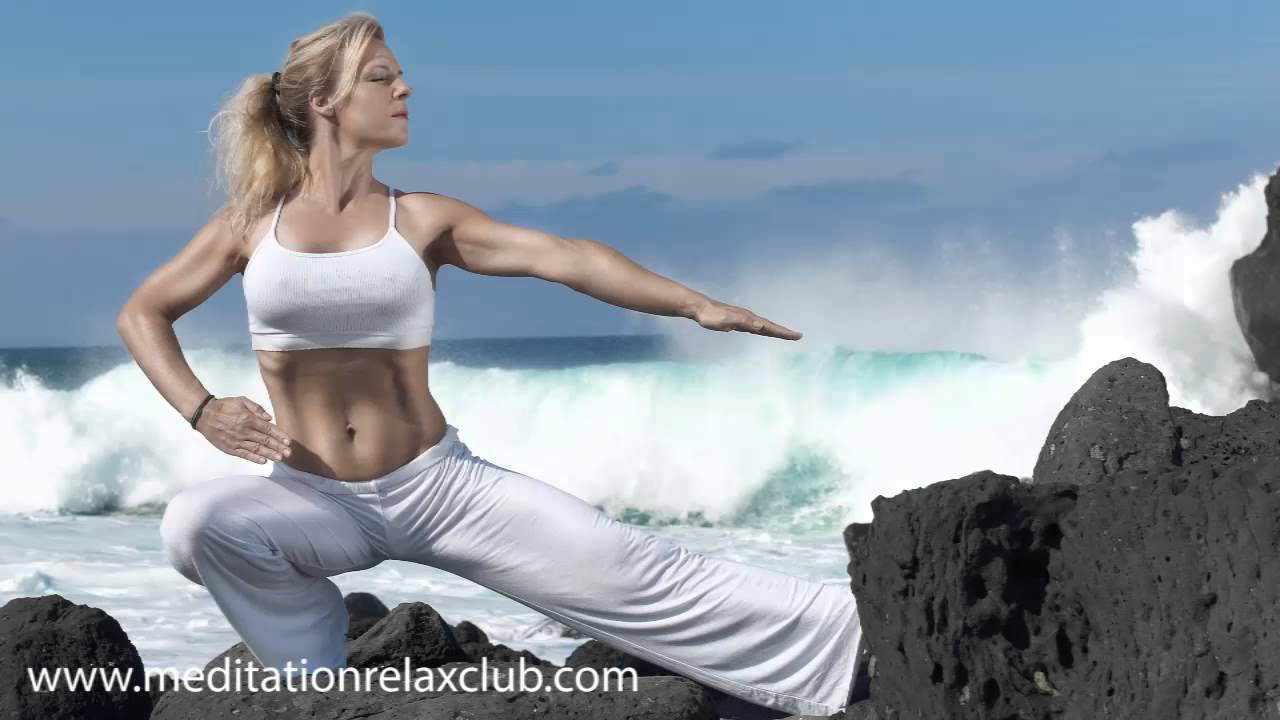Wu Ming Qigong—which descends directly from the ancient Taoist masters Lao Tzu and Zhuang Tze. In the Tao Te Ching, the classic text authored by Lao Tzu sometime around 500 B.C.E., “wu ming” means “no name” or “nameless” and refers to the Universal as it exists beyond time, space and all physical matter. Wu ming points to the original natural source from which flows the energy and essence of all things. In the opening words of the Tao Te Ching, “The unnamable is the origin of heaven and earth; named, it is the mother of the ten thousand things.” Master Zhuang Tze, a philosopher who lived in China during the 4th century B.C.E, is thought to have written the seminal Taoist work that bears his name, the Zhuanng Tze.
“Taoist,” as in “Taoist Qigong,” does not refer to a formalized religious practice but rather to a deep spiritual practice of understanding and following the way of Tao, the way of Nature, sometimes called simply, “the Way.” Wu Ming Qigong is a practice of internal energy or Qi. Through dedicated practice and study, the practitioner seeks to connect body, mind and spirit and harmonize one’s individual energy with the Universal, the source of all and therefore the source of all true healing.
Taoist Wu Ming Qigong traces its origins back through thousands of years of Qigong practice to the teachings of Lao Tzu. His perception of the path to Tao was one of emptiness, simplicity and humility: Nothing is everything; no technique is the best technique; let go and go with the flow. By being truly “empty” in the everyday world, by being in the world but not of it, a door opens to the invisible reality that underlies and supports three-dimensional reality. This connection to Universal energy can then inform and guide everyday action. The entire scope of the practitioner’s daily life then becomes the ground of Qigong practice.
- Log in to post comments
